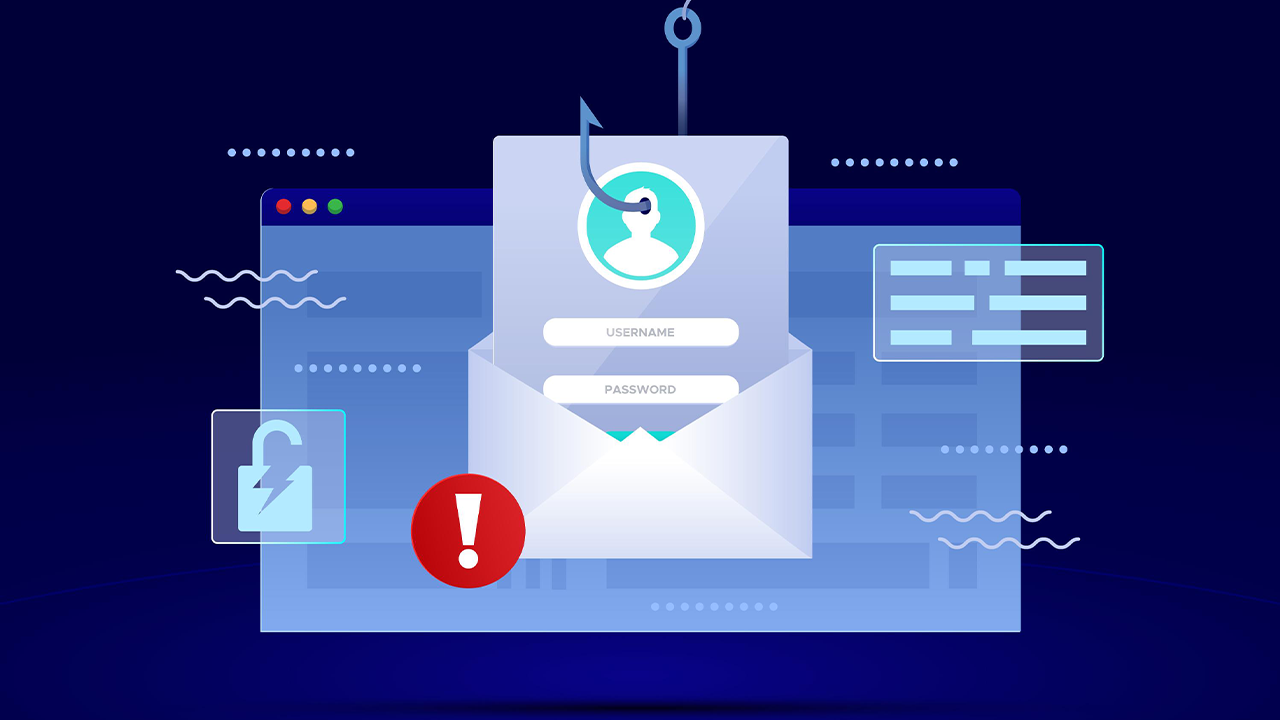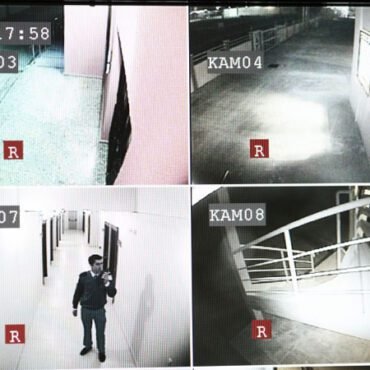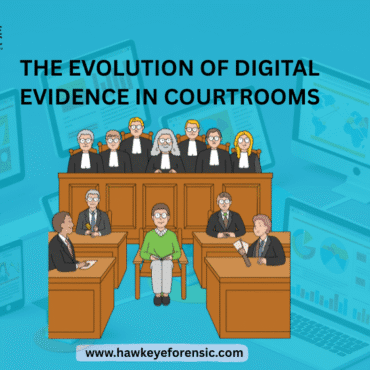1. Introduction – Understanding Email Forensics
In today’s connected world, email is the most common channel for cybercrime—from phishing and identity theft to corporate espionage.
Email forensics is a specialized branch of digital forensics that focuses on identifying, collecting, analyzing, and preserving electronic evidence within email communications.
The goal is simple yet crucial: trace the source, authenticity, and content of an email to uncover digital truth in legal and investigative scenarios.
2. What is Email Forensics?
Email Forensics involves the scientific examination and recovery of evidence from emails and related metadata.
This includes investigating email headers, IP addresses, timestamps, attachments, routing paths, and even deleted messages.
It plays a critical role in:
-
Cybercrime investigations
-
Corporate fraud detection
-
Phishing and spoofing analysis
-
Data breach inquiries
-
Legal evidence presentation
3. Importance of Email Forensics in Cyber Investigations
Emails are often the first point of contact in cyber incidents.
From ransomware delivery to data leaks, most attacks begin with a simple email click.
Email forensics helps investigators to:
-
Trace the sender’s origin and verify authenticity.
-
Identify malicious attachments or links.
-
Uncover communication trails between cybercriminals.
-
Preserve evidence in a legally admissible format.
-
Support organizations in incident response and compliance reporting.
With the rise of cloud email platforms like Gmail, Outlook, and Office 365, forensic experts must handle complex ecosystems while maintaining data integrity.
4. Key Components of Email Forensics
a) Email Headers
The header reveals the hidden technical data of an email.
It includes:
By analyzing these, experts can trace the path an email took across servers and identify the true sender’s IP—even if the sender used fake details.
b) Metadata
Email metadata provides crucial context such as creation date, modification time, and file origin.
It helps verify whether a message has been tampered with or forged.
c) Attachments and Embedded Content
Malware and phishing payloads are often embedded in attachments.
Forensic investigators use sandboxing and hashing tools to analyze file integrity and identify malicious code.
d) Server Logs
Mail server logs record all send, receive, and access events.
These logs are vital for timeline reconstruction and correlating events during an investigation.
5. Tools and Techniques Used in Email Forensics
Professional investigators rely on a mix of manual techniques and automated tools:
These tools assist in header analysis, keyword search, content reconstruction, decryption, and report generation.
6. Step-by-Step Email Forensic Investigation Process
-
Collection of Evidence: Securely acquire email data from servers, mail clients, or cloud storage without altering timestamps.
-
Preservation: Maintain chain of custody and data integrity using hashing algorithms (MD5, SHA-1).
-
Examination: Analyze headers, metadata, attachments, and network logs to reconstruct communication paths.
-
Analysis: Identify anomalies such as fake domains, suspicious routing, or altered timestamps.
-
Documentation: Prepare legally valid forensic reports with clear findings and methodologies.
-
Presentation: Provide expert testimony or digital reports that can be presented in court or legal proceedings.
7. Common Email Threats Investigated
-
Phishing and Spoofing
-
Business Email Compromise (BEC)
-
Spam Campaigns and Social Engineering
-
Insider Data Leaks
-
Fraudulent Transactions
-
Malware Delivery via Attachments
Email forensics helps trace the digital fingerprints behind these threats and attribute them to real-world identities.
8. Legal and Ethical Considerations
Forensic analysts must ensure that all evidence is:
Failure to maintain proper chain of custody can render evidence inadmissible in court, weakening the entire investigation.
9. Challenges in Email Forensics
Despite technological advances, experts face hurdles like:
-
Encryption and password-protected files
-
Cloud-based mail systems with limited log access
-
Anonymous remailers and VPN obfuscation
-
Volume of spam and spoofed data
Overcoming these requires advanced forensic techniques and collaboration with ISPs and law enforcement agencies.
10. Future of Email Forensics
The future of email forensics lies in AI and automation.
Machine learning models can now detect pattern-based anomalies, identify phishing campaigns, and predict sender authenticity faster than ever.
Integration with blockchain evidence tracking and cloud-native analysis will further enhance investigation accuracy.
11. Conclusion
Email Forensics is a cornerstone of modern cybercrime investigation.
By meticulously tracing every digital breadcrumb—from IP trails to attachment hashes—forensic experts help law enforcement and organizations uncover the truth hidden in digital communication.
As cyber threats grow, mastering email forensics becomes essential for every cybersecurity, law enforcement, and IT professional seeking to protect digital integrity.





Post comments (0)